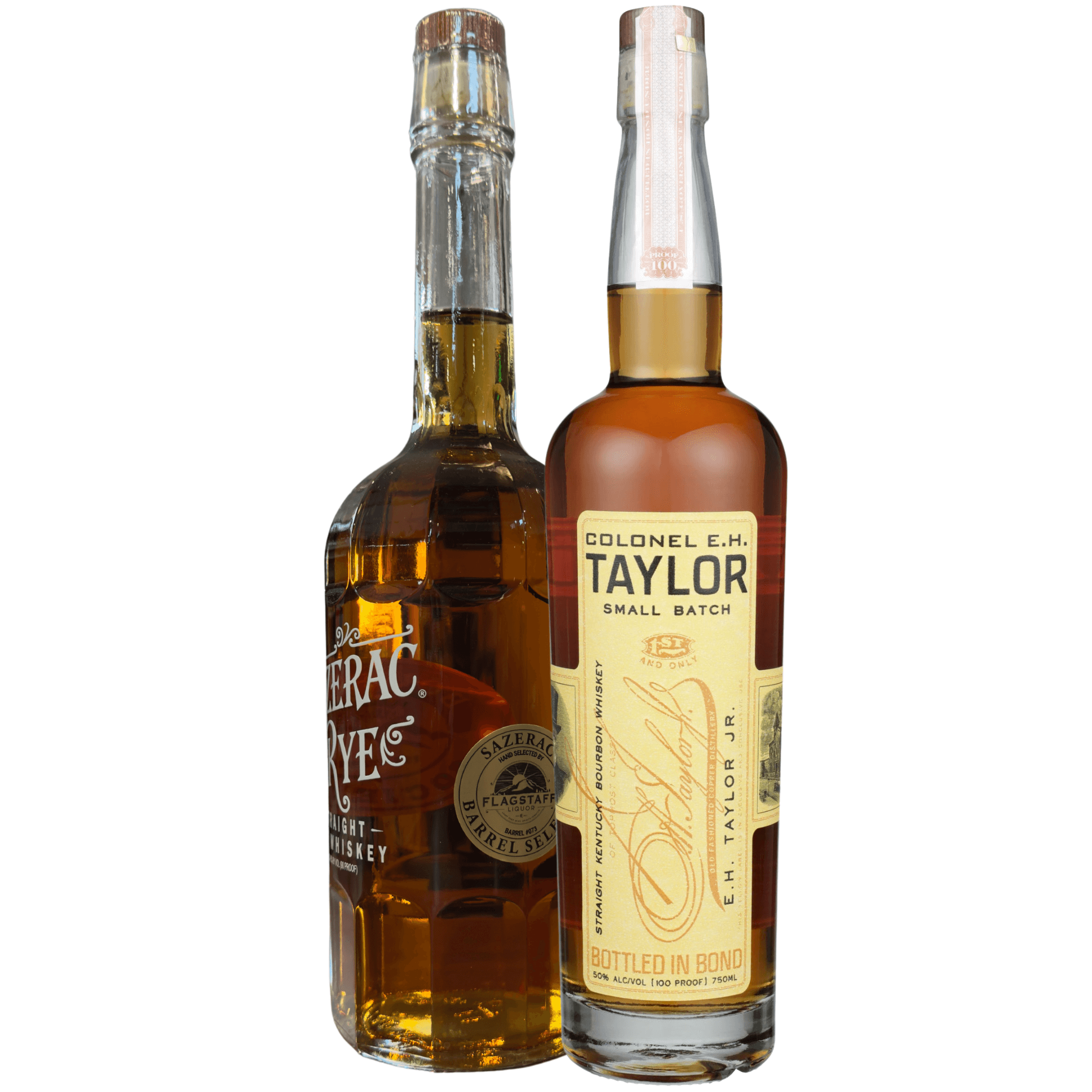5 products
-
 Desert Door Texas Sotol 50mlDesert Door Texas Sotol 50ml
Desert Door Texas Sotol 50mlDesert Door Texas Sotol 50ml- Regular price
-
$1.99 - Regular price
-
- Sale price
-
$1.99
Quick view
-
 Sotol Coyote Chihuahua Pink Label 750mLSotol Coyote Chihuahua Pink Label 750mL
Sotol Coyote Chihuahua Pink Label 750mLSotol Coyote Chihuahua Pink Label 750mL- Regular price
-
$64.99 - Regular price
-
- Sale price
-
$64.99
Quick view
-
 Sotol Coyote Durango Yellow Label 750mLSotol Coyote Durango Yellow Label 750mL
Sotol Coyote Durango Yellow Label 750mLSotol Coyote Durango Yellow Label 750mL- Regular price
-
$53.99 - Regular price
-
- Sale price
-
$53.99
Quick view
-
 IZO Spirits Sotol 750mlIZO Spirits Sotol 750ml
IZO Spirits Sotol 750mlIZO Spirits Sotol 750ml- Regular price
-
$81.99 - Regular price
-
- Sale price
-
$81.99
Quick view
-
 Sotol La Higuera Cedrosanum 750mLSotol La Higuera Cedrosanum 750mL
Sotol La Higuera Cedrosanum 750mLSotol La Higuera Cedrosanum 750mL- Regular price
-
$50.99 - Regular price
-
- Sale price
-
$50.99
Quick view











